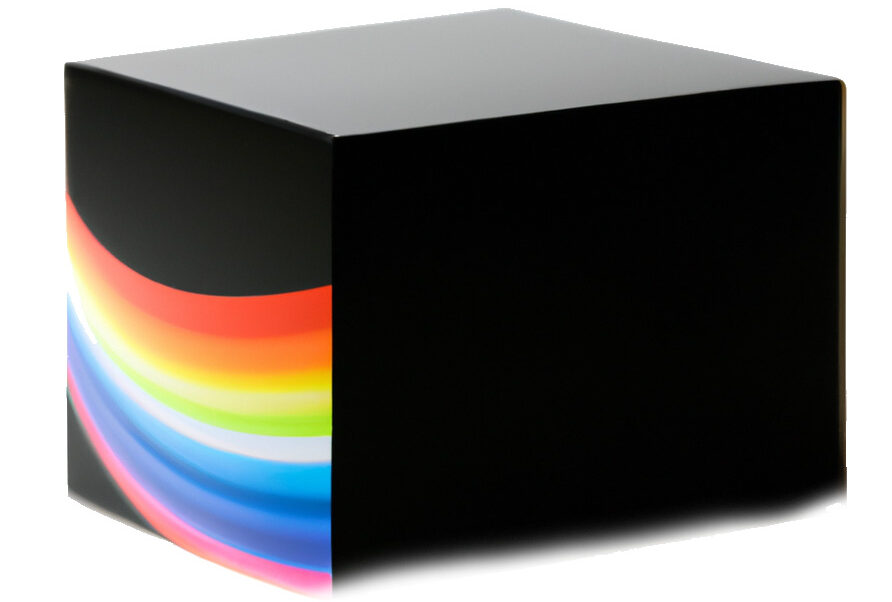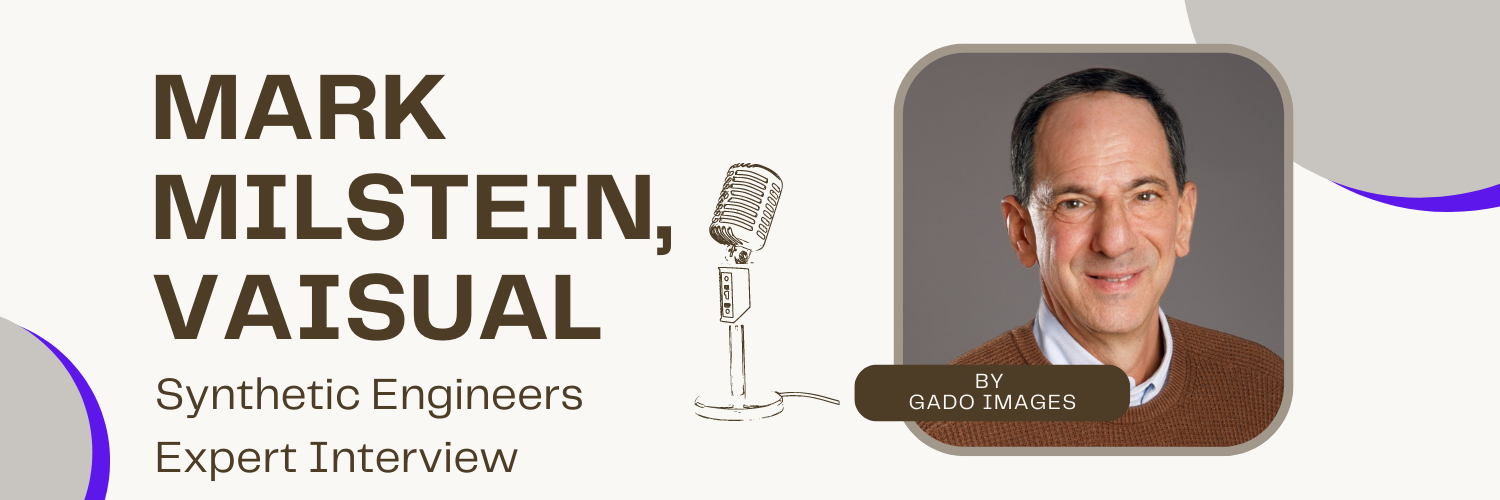What is synthography? The terms used in the generative AI field are always in flux, given how new the field is. Many people are honing in on “prompt engineering” as a term to describe the act of writing a prompt for a generative system.
There’s an alternative, though. Synthography is a term that captures more of the creative, artistic elements of working with generative AI systems by developing the prompts that let these systems create visual outputs.
To explore the idea of synthography–as well as some of the ethical and legal issues surrounding generative artificial intelligence–I spoke with Mark Milstein of ethical AI company vAIsual.
Mark is a war photographer, founder of Eastern Europe’s first internet-based photo agency and founder of Microstocksolutions, a global services company supporting the visual media industry. Mark now directs both vAIsual’s strategic partnership and fundraising efforts along with its daily operations.
Our interview has been edited for formatting and clarity.
What is Synthography?
Synthography ((noun) synth·og·ra·phy | ˈ\sin-ˈth tɒɡrəfi/) is the art or process of producing synthetic images by the actions of text-to-image synthesis, generative adversarial networks (GAN), or computer-generated imagery (CGI). Here are some examples of synthography in a sentence: They studied both generative AI and synthography in university. She was a traditional photo editor, but she is now deeply involved in synthography.
What new possibilities do Synthography and generative AI unlock?
The further democratization of the creative process. From the time of cave paintings, each evolution in the creative process has given greater and greater numbers of people the ability to express themselves. Painting gave way to easily available and relatively cheap photography (think Kodak).
Photography iterated from cameras, chemicals and darkrooms to cameras in everyone’s phones. Now generative AI allows anyone with a few words to express themselves with more powerful and easily accessible tools.
What are the legal and ethical pitfalls that people should be aware of?
Sadly, at present, none of the most popular text-to-image synthesis platforms are ethical or legal, i.e, able to give users the ability to generate commercially usable outputs that compete with licensed media marketplaces and platforms like Getty, Shutterstock, etc.
None have ethically sourced their training datasets, and all have mined PII (Personally identifiable information) from vast portions of the world’s population without their permission. This presents a major barrier at present to this technology’s potential disruptive powers. Once these problems are overcome, we will see unbelievable changes to the visual tech and visual content landscape.
Where is the field today? Where do you see it going in 5 years?
We are just beginning to see the power of this technology, while also just entering into a gray zone where the legalities that presently frame the licensed media space are being challenged and need to be brought up to date. Once this is ironed out, the future is going to be vastly different from the one we’ve known over the past 30 years. Photography and camera might soon become terms as odd to say as “blacksmith,” “record player” or “TV repairman.”
What kind of work is Vaisual doing in the AI space?
vAIsual is an ethical AI platform that generates media via legally sourced, GDPR compliant and biometrically-released text-to-image synthesis. We are outliers in this sense. Our training data of real humans was created in our own studios, with each real human model being asked to sign a release that was written in strict adherence to European GDPR and North American PII legislation.
We presently offer the world’s largest biometrically release dataset of real humans engineered specifically for AI training on our site, www.datasetshop.com
All of the non-human training data used to train our algorithm is licensed and each photographer is being paid a royalty for its use. We don’t just pay lip service to AI ethics, it’s who we are as individuals and as a company.
We think this is the way to go, and differentiates us in clear ways from OpenAI, Stable.ai, and Midjourney. We are the clean data guys, and this results in all of our synthetic outputs being, for the present, the only commercially clean synthetic content out there.

